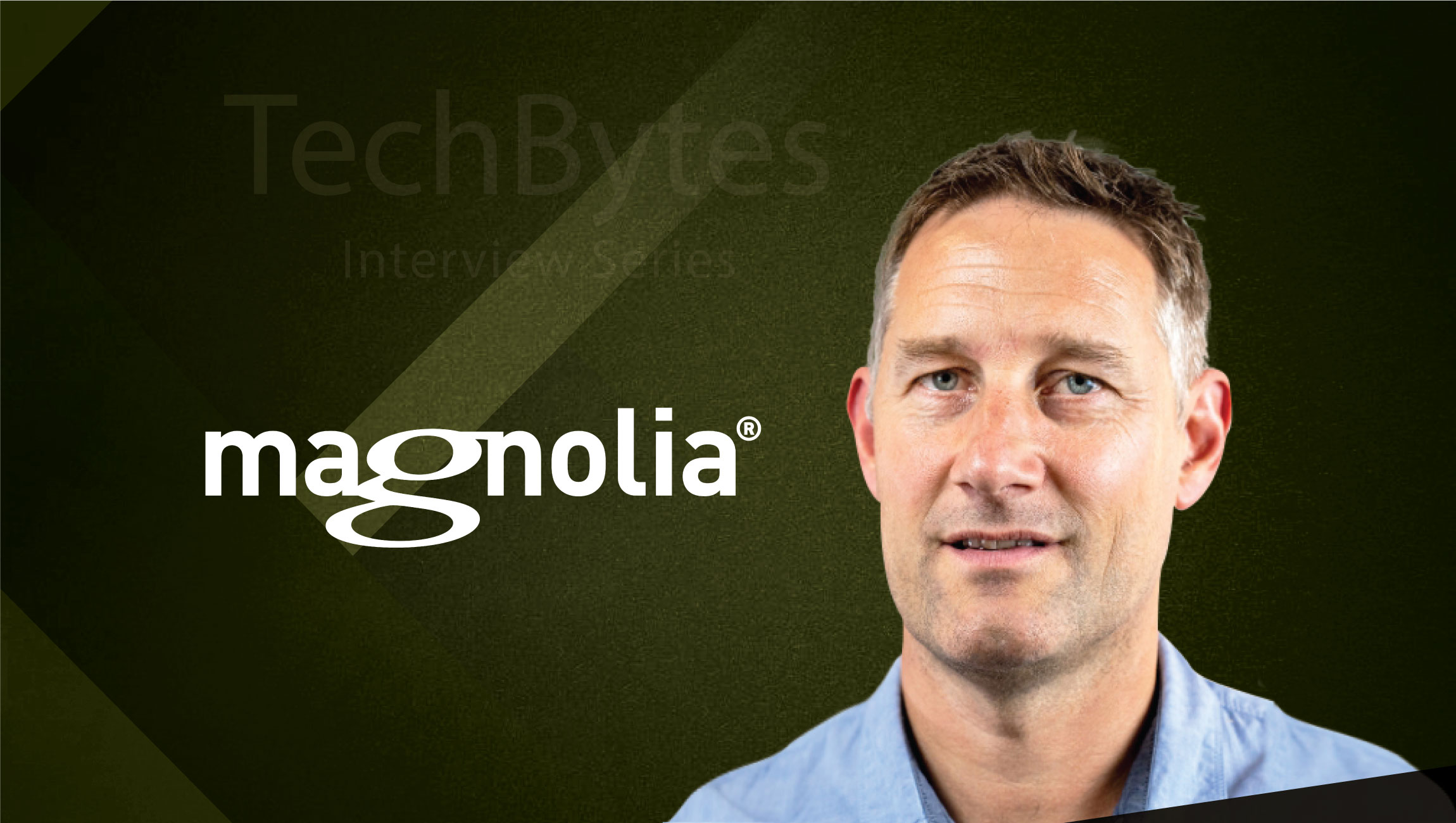Hi Darren, please tell us about your role and the team/technology at Magnolia.
I am the General Manager of UKI & Nordics. Magnolia CMS is the leading ‘headless with no limits’ CMS for today’s changing architectural demands. As more and more retailers look to headless architecture, triggered by a need for agile working practices, the additional notion of better information architecture has arisen.
Magnolia doesn’t limit the IT team’s need for agile front-end processes or the Marketing team’s need for greater functionality, nor does it limit the deployment options. Most notably, Magnolia is supporting the Sainsbury’s/Argos technical merger to be the heart of their microservices implementation and Tesco to help reduce their release cycles.
You recently partnered with BigCommerce. What is so unique about this integration?
Both Magnolia and BigCommerce strive to change the current cumbersome practices of retail. At the forefront of retailers’ minds is to increase the speed to market, reduce costs of ownership and simplify operating models, and the combination of both technologies create a core architecture to build a future-proofed architecture on.
The actual integration is a standard commerce/content connection, but the outcome of bringing these like-minded visions together is to help drive the new need of digital agility at the right price points.
Omnichannel commerce is witnessing quick adoption among startups and new retailers. How does Magnolia enable such user groups to create a faster Omnichannel route?
Quick adoption doesn’t always mean agile working practices and commerce is only just getting used to content management systems because the functionality has always been tied up inside an e-commerce platform. The critical learnings that all new retailers can adopt will be around flexibility and content modeling.
Magnolia offers the same feature set out the box and can be deployed in many ways to grow with business demand. So, initially the focus could be on managing the front-end experience as well as the content, it could be to deliver asset management and personalization or it could be to initially host the environment in a Cloud.
Over time, these demands change and Magnolia adapts by integrating to other technologies through ‘light integrations’, becomes a Headless CMS, easily rolls out multiple sites, or operates within an alternative hosted environment. Second is the ability to structure content in such a way that it can be curated and edited once and published to multiple pages/devices/channels at once. The call here is for flexibility around how to design the content not to map to page templates but to think about re-use.
Another key aspect of commerce is campaign management and not to be limited in a headless architecture. Magnolia ensures that retailers can assemble a complete experience inside the platform, preview across many contexts and publish once. Headless CMS will typically be a form-based experience for the content editors, however, Magnolia ensures that an innovative preview interface exists and those lightweight integrations bring all the relevant assets into range to curate, schedule, preview.
What are the key components of a DX architecture? How do these tie in with the modern payments and contactless interactions, including voice and chat?
DX has, until now, been considered a ‘platform’ or ‘suite’ of tools within one technology. However, the new wave is around DX architecture (a blend of best-of-breed solutions) that enables flexibility around change and future-proofs the environment. This creates a more simplified operating model in which each technology performs its role very well and the business can continue to move at pace.
As Progressive Web Applications (PWA’s) advance the once native features of mobile apps, the unique features they provided (around search, contactless, offline, and mainly speed) will be more common across retailers’ architecture stacks. One of the key drivers right now is around search and giving all options to consumers (text, voice, visual).
We already know about Deep Learning, AI, Automation and Data Visualization applications transforming every aspect of socio-economic order. Tell us about your various other partnerships within the e-commerce tech industry that help to improve your product innovations and support systems?
As retail still operates in its silos of ‘acquisition’, ‘conversion’, and ‘retention,’ focussing on what data provides to these lines of business helps derive value. If the CMS is about curating and assembling, then knowing what is working (and what’s not) supports all three of the above dynamics. This means integrations with the likes of DMP, Analytics, CDP/CRM, ESP especially bring better collaborations through lighter integration points but that supports the business users.
For the technical users, this can also mean partnering with emerging front-end technology stacks (CDN, GraphQL, PWA/front-end platforms, etc).
Darren Hitchcock is the General Manager UK & Nordics at Magnolia.
Darren leads the UK & Nordics division of Magnolia pulling together sales, marketing, customer success teams to achieve business objectives.
Magnolia is a leading digital experience software company. We help brands outsmart their competition through better customer experiences and faster DX projects. Get full headless flexibility and seamless workflows across best-of-breed digital experience stacks.
Global leaders such as Tesco, Avis, Generali and the New York Times all rely on Magnolia for maximum reliability, high-speed project implementation and exceptional omnichannel experiences.












